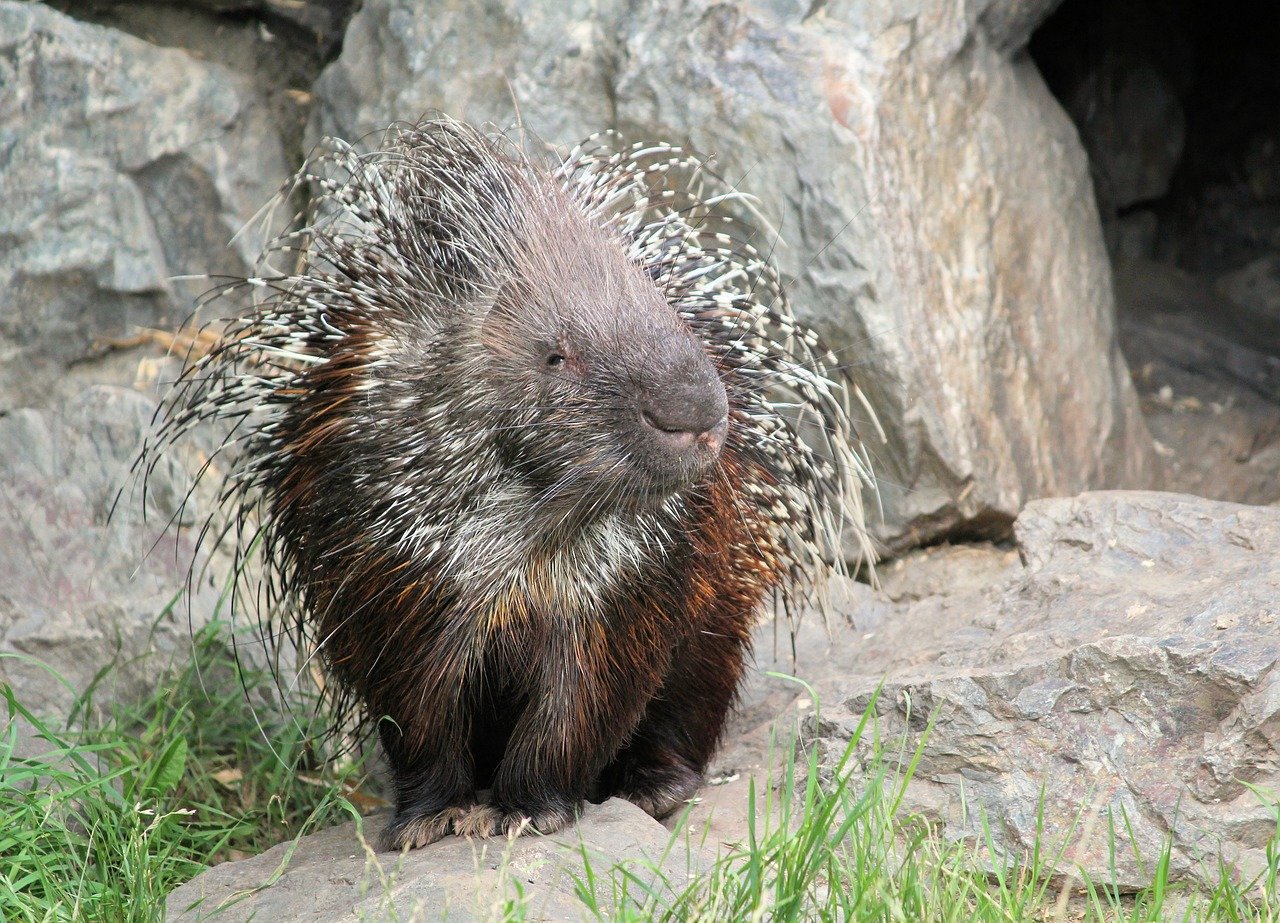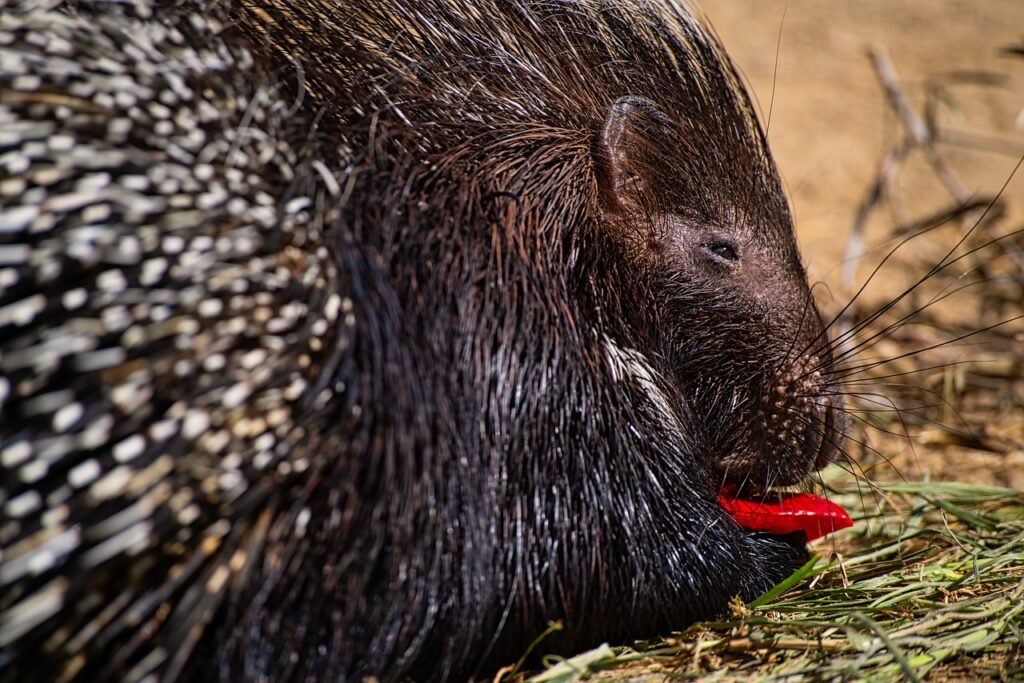Clicker training is a powerful and versatile method that enhances learning and communication with your porcupine. In this comprehensive guide, we’ll delve into the principles of clicker training, providing step-by-step instructions on how to implement this positive reinforcement technique for a more enriching and cooperative relationship with your quilled companion.
Understanding Clicker Training:
Clicker training involves using a small handheld device, known as a clicker, to make a distinct clicking sound. The click serves as a precise marker to indicate the exact moment your porcupine exhibits a desired behavior. Paired with positive reinforcement, such as treats, the click creates a strong association between the behavior and the reward.
Key Concepts:
- Clear Communication:
- The clicker provides clear and immediate communication to your porcupine, signaling that they have performed the desired behavior.
- Positive Association:
- The click becomes a positive and consistent signal for a reward, creating a strong association between the sound and the anticipated treat.
- Precise Timing:
- Clicker training allows for precise timing, marking the specific moment when your porcupine performs the desired behavior, making it an effective tool for shaping behaviors.
Step-by-Step Clicker Training Guide:
1. Introduce the Clicker:
- Begin by associating the clicker with positive experiences. Click and immediately offer a treat to create a positive association with the clicking sound. Repeat this several times.
2. Click and Treat for Basic Behaviors:
- Choose a simple behavior, such as your porcupine touching their nose to a target or sitting. Click at the exact moment they perform the behavior and follow it with a treat.
3. Repeat and Reinforce:
- Practice clicking and treating for the chosen behavior. Repeat the process to reinforce the association between the click and the reward. Be consistent in your timing.
4. Gradual Complexity:
- As your porcupine becomes familiar with the clicker, gradually increase the complexity of behaviors. Click and treat for more advanced actions, shaping their behavior over time.
5. Associate Verbal Cues:
- Introduce verbal cues alongside the click. For example, say “sit” just before your porcupine sits, click when they do, and follow with a treat. This helps in associating the verbal cue with the behavior.
6. Shape Specific Behaviors:
- Use clicker training to shape specific behaviors, such as leading your porcupine through an obstacle course or performing tricks. Click and treat for each step toward the desired behavior.
7. Consistency is Key:
- Maintain consistency in your clicks and treats. Click at the precise moment of the desired behavior and always follow with a treat. This reinforces the positive association.
8. Generalize Across Environments:
- Practice clicker training in different environments to generalize the behavior. Ensure that your porcupine responds to the clicker in various situations.
9. Intermittent Reinforcement:
- Once the behavior is well-established, transition to intermittent reinforcement. Click and treat occasionally to maintain the behavior without a treat every time.
10. Enjoy the Process:
- Clicker training is an enjoyable and enriching experience for both you and your porcupine. Enjoy the learning journey, celebrate successes, and maintain a positive and patient approach.
Clicker Training Tips for Porcupines:
1. Choose Quiet Environments:
- Porcupines can be sensitive to loud sounds. Choose quiet environments for clicker training to avoid startling them.
2. Use High-Value Treats:
- Use high-value treats that your porcupine loves to ensure motivation and enthusiasm during clicker training sessions.
3. Keep Sessions Short:
- Porcupines have shorter attention spans, so keep clicker training sessions short and engaging to maintain their interest.
4. Adapt to Individual Preferences:
- Pay attention to your porcupine’s preferences. Some may respond better to tactile rewards, while others prefer treats.
5. End on a Positive Note:
- Always end clicker training sessions on a positive note. Offer a final reward and engage in positive interactions to leave a favorable impression.
Clicker training provides an effective and positive way to enhance learning and communication with your porcupine. By following these step-by-step instructions and incorporating the principles of clicker training, you’ll build a strong bond with your quilled companion while fostering a cooperative and enriching training experience.



